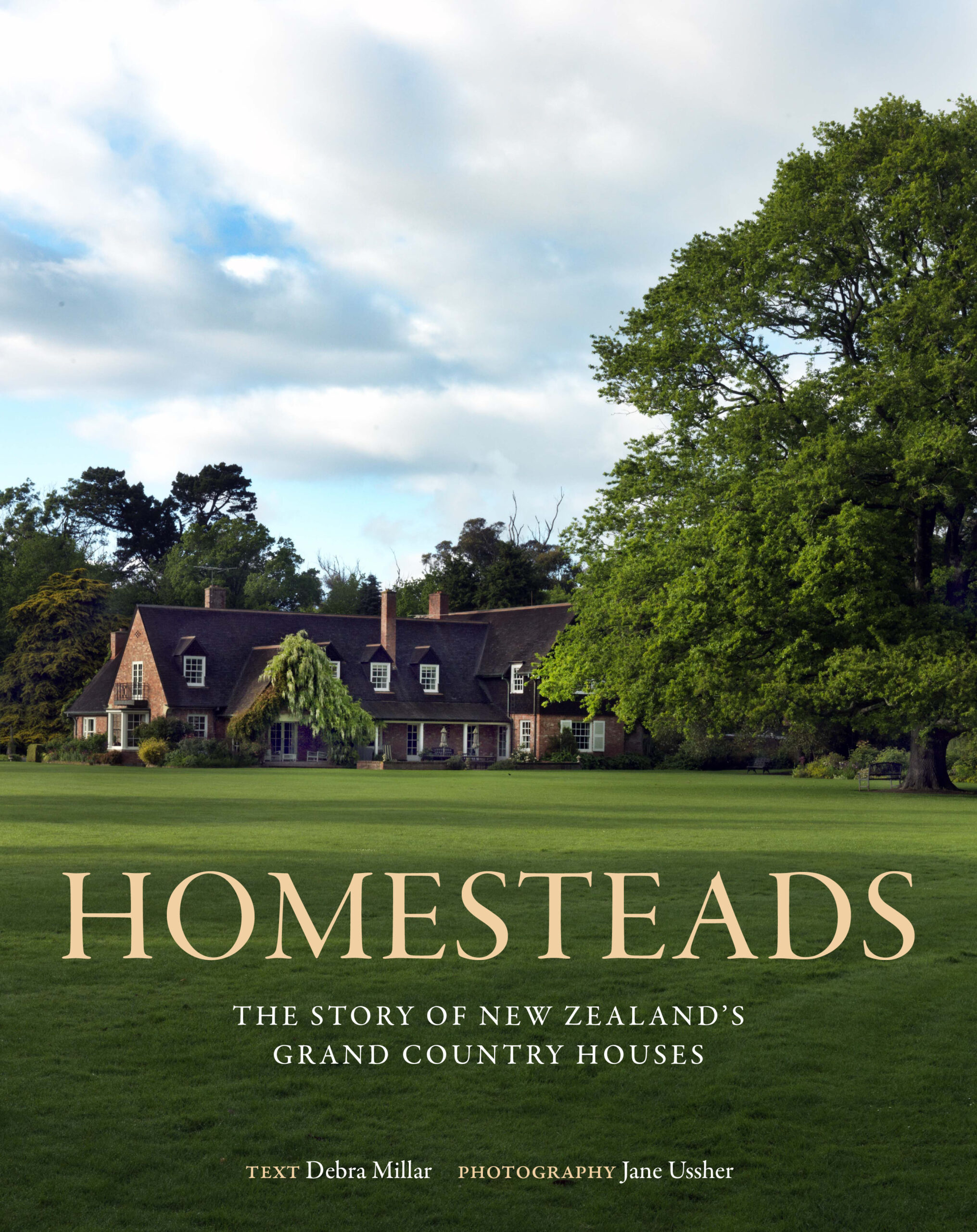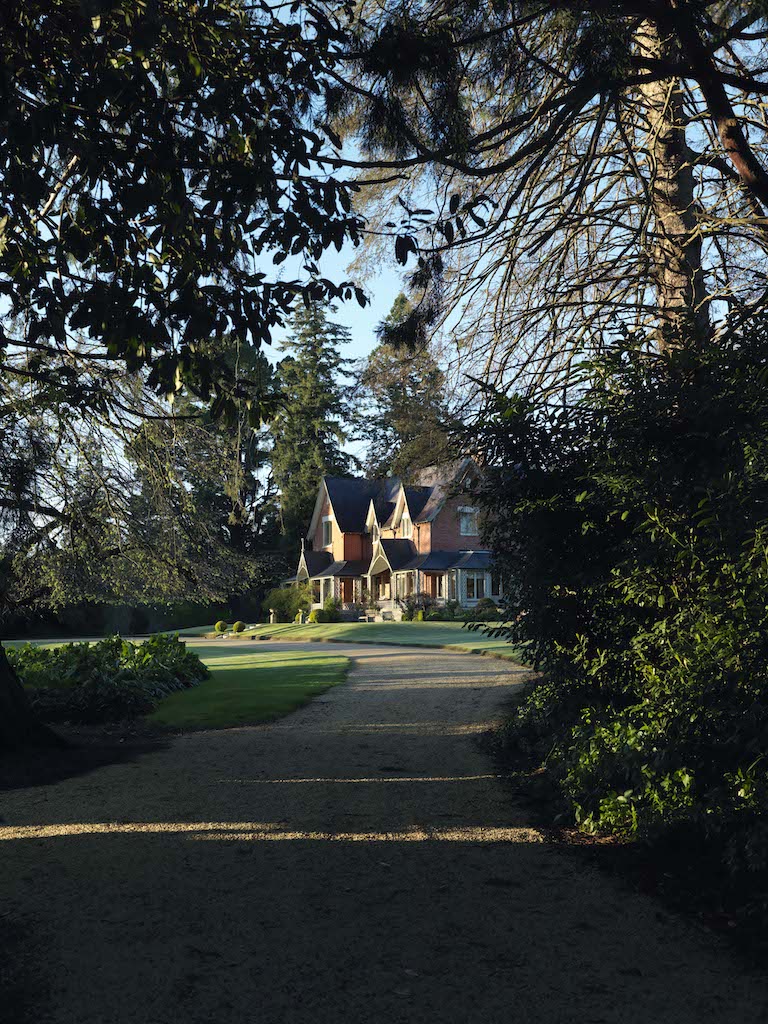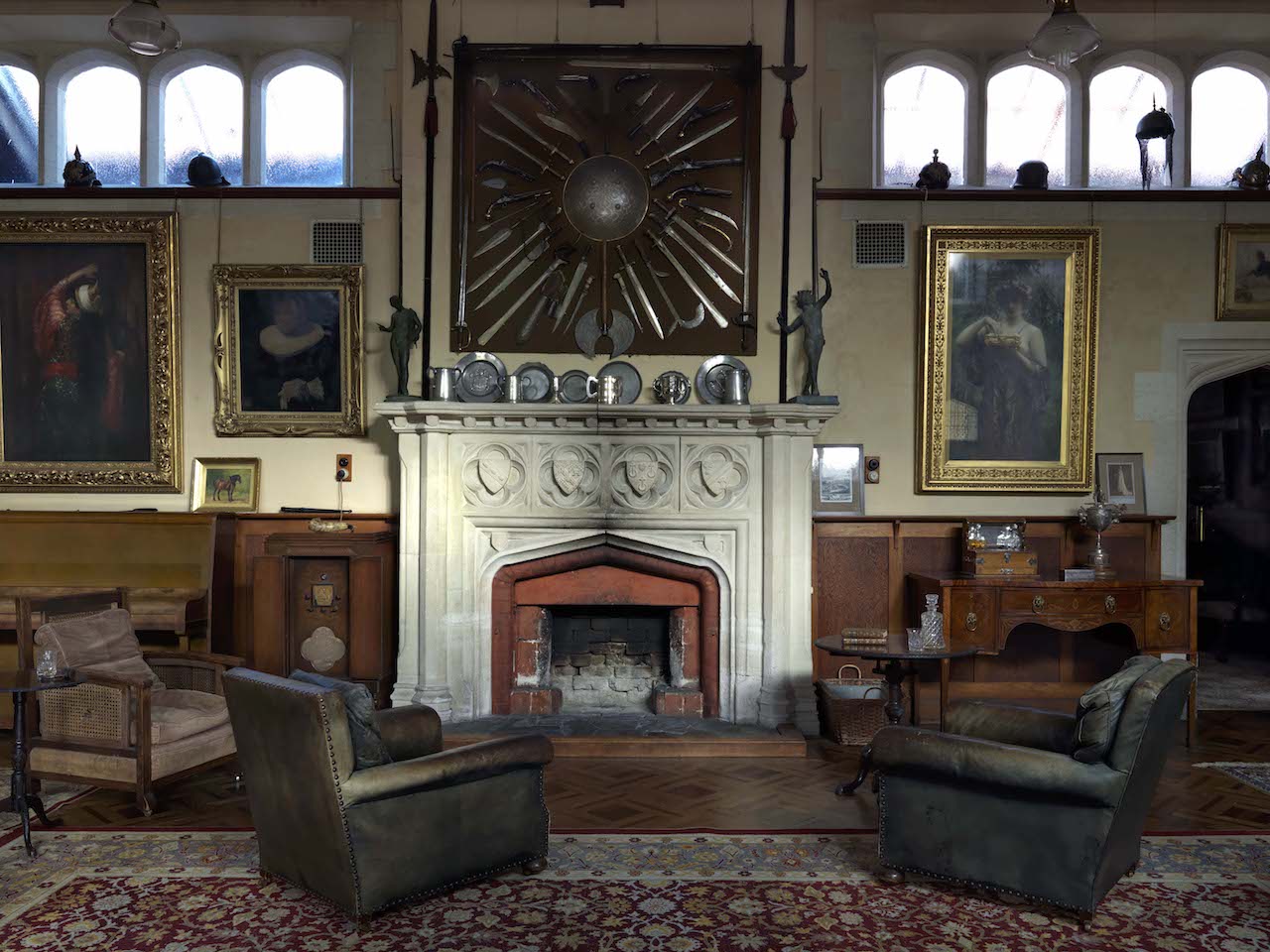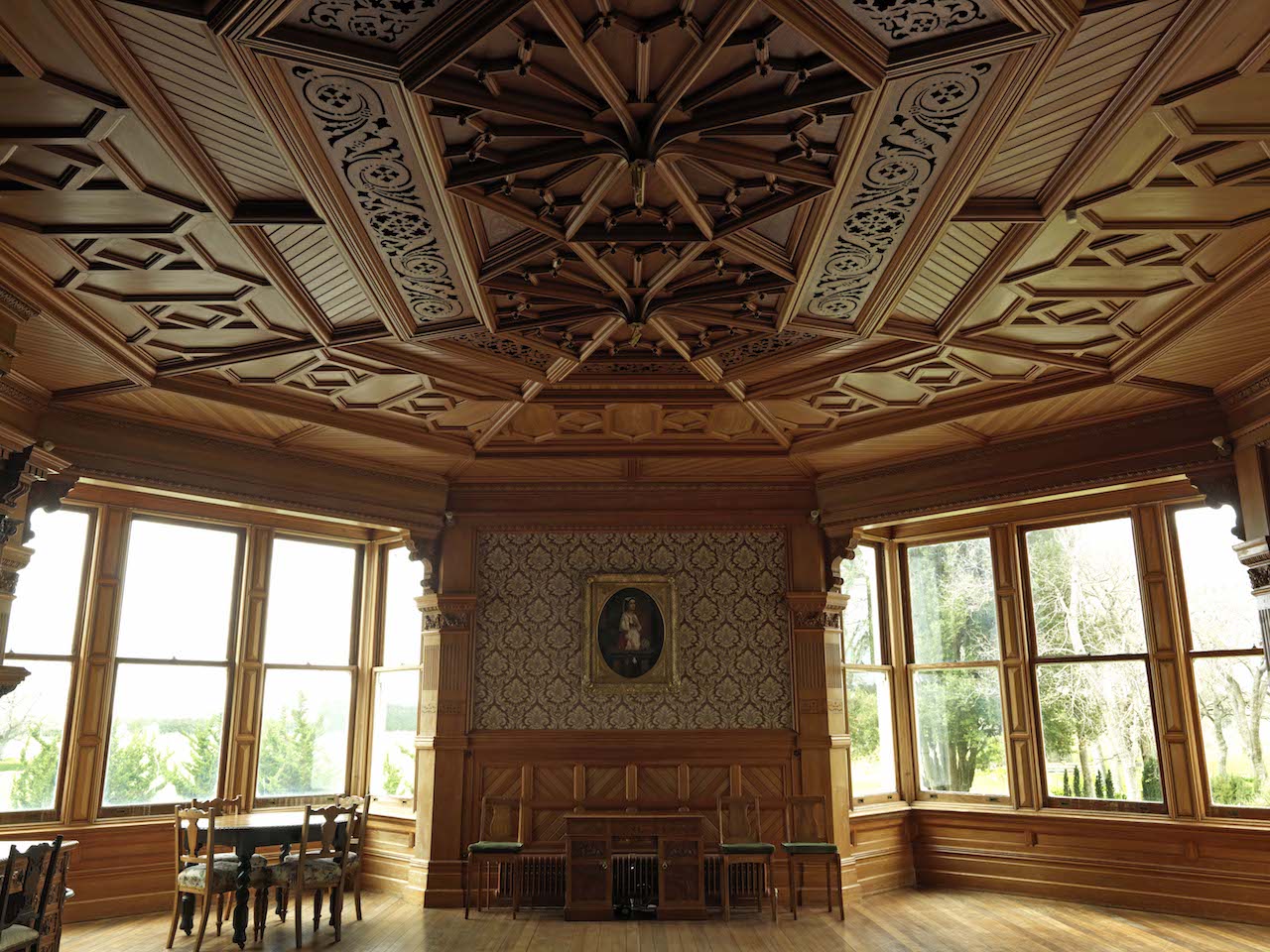Homesteads: The Story of New Zealand’s Grand Country Houses, with Debra Millar
At her talk on 15 April 2021 Debra Millar paid tribute to the remarkable legacy of New Zealand’s grand rural homesteads. Debra, an Auckland-based writer and publisher, has recently written and published ‘Homesteads’, with photographs by Jane Ussher.
New Zealand’s iconic rural homesteads may not match England’s country manor houses in size or status, but they are among the most substantial homes ever built in this country. Often inspired by the English stately homes their owners left behind, the local equivalents nevertheless responded to their colonial context as well as to the variety of functions they served at the centre of a working farm.
Station homesteads were seldom built in isolation and often came to be part of a self-contained community of support buildings, including stables, farm offices, carriage houses, glasshouses, fruit stores and meat safes. Small churches were another valuable endowment, with a notable example the beautiful Church of the Holy Innocents at Mt Peel Station in Canterbury commissioned in 1868 by one of the station’s founders, John Barton Arundel Acland, for family and farm workers to worship in. Longbeach Estate, near Ashburton, houses what is considered to be the oldest church in Canterbury, relocated to the garden here in 1873. Longbeach, which was founded by visionary farmer John Grigg, also retains an entire self-contained village of buildings, including a post office, schoolhouse, cookhouse, bakery and butchery, created for station workers.
Although the design of early homesteads was rooted in English traditions, the New Zealand climate and the extreme remoteness of many stations meant local influences played an important part in their design. Generous verandahs offered shade in the warmer southern hemisphere summers, and the idea of a single formal entrance often gave way to multiple entry points to cater to the homestead’s various functions: family home and venue for social gatherings, farm administration centre and staff accommodation.
Like the large town houses that were built by those who prospered from commerce and early manufacturing, in the later part of the nineteenth century it was not unusual for large rural houses to be designed by high-profile architects of the time. Even if an architect was not involved in the original design, one might be engaged later to add rooms or to undertake alterations once a runholder became more prosperous, or as subsequent generations looked to upgrade the original residence.
While the very first station dwellings were far from grand homesteads, often little more than basic shelters made from cabbage-tree or ponga logs and thatched with toetoe, they were an improvement on sleeping under canvas in a sometimes hostile climate. A second, more substantial but still basic house often followed quite quickly, built of cob or pit-sawn timber, with the homestead as we know it coming once the task of breaking in the land was complete, farms had been stocked and returns were starting to flow from wool — New Zealand’s key commodity export until refrigerated meat exports started in the 1880s.
The grand country houses featured in Homesteads span a period of 70 years from 1865; they were home to first-and second-generation pastoralists, and in some cases they were the second or third house built on a farm. They exhibit a diverse range of architectural styles, and all but one are lived in by descendants of the same family; some are currently occupied by sixth-and seventh-generation descendants of the station founder.
Homesteads: The Story of New Zealand’s Grand Country Houses is available from all good booksellers and www.pointpublishing.co.nz RRP$75



